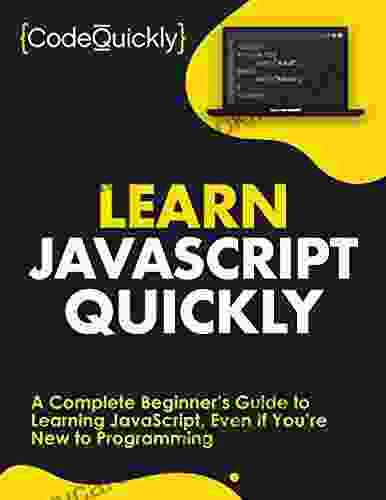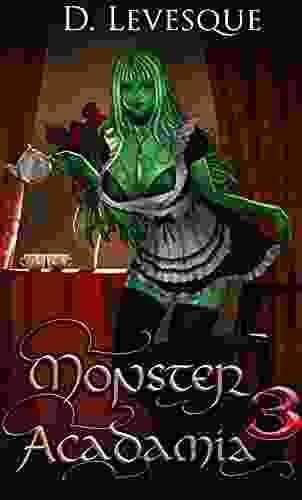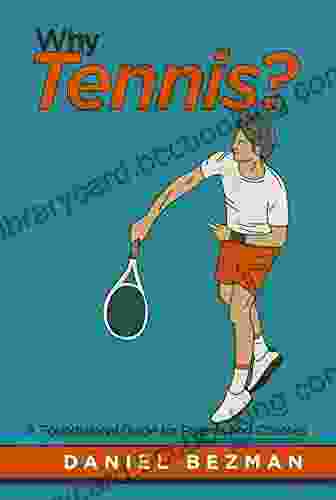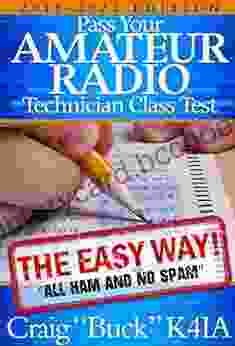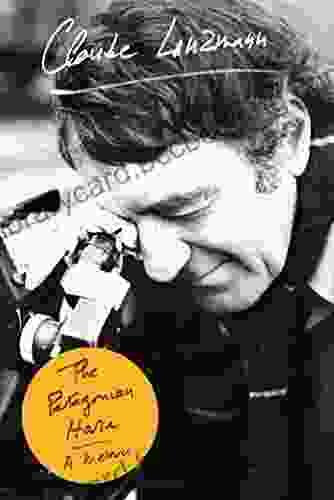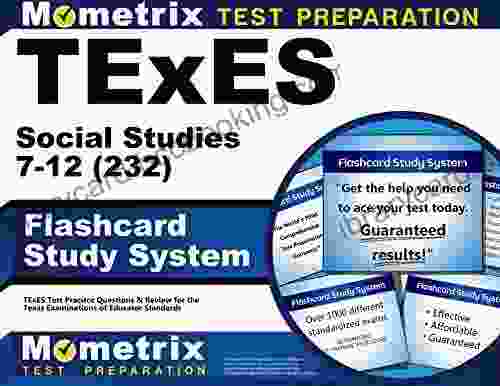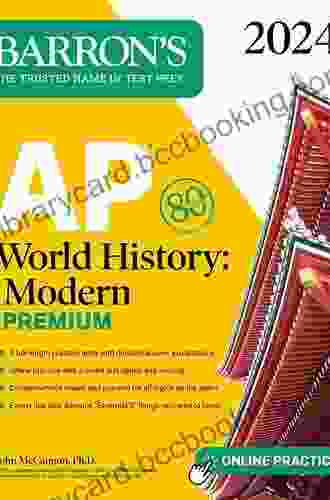The Complete Beginner's Guide to Learning JavaScript

JavaScript is one of the most popular and versatile programming languages in the world. It's used to create dynamic and interactive web pages, mobile apps, and even desktop applications. If you're new to programming, JavaScript is a great place to start. It's a relatively easy language to learn, and it can be used to create a wide variety of projects.
4.6 out of 5
| Language | : | English |
| File size | : | 1532 KB |
| Text-to-Speech | : | Enabled |
| Enhanced typesetting | : | Enabled |
| Print length | : | 176 pages |
| Lending | : | Enabled |
| Screen Reader | : | Supported |
In this guide, we'll teach you everything you need to know to get started with JavaScript. We'll cover the basics of the language, as well as more advanced topics like object-oriented programming and asynchronous programming. By the end of this guide, you'll be able to write your own JavaScript code and create your own web applications.
Getting Started
To get started with JavaScript, you'll need a text editor and a web browser. A text editor is used to write your JavaScript code, and a web browser is used to run your code.
There are many different text editors available, but we recommend using a simple editor like Notepad++ or Sublime Text. These editors are free to download and use, and they have all the features you need to write JavaScript code.
Once you have a text editor installed, you can create a new file and save it with a .js extension. This file will contain your JavaScript code.
To run your JavaScript code, you can open it in a web browser. Simply drag and drop the file into the browser window, or click on the "File" menu and select "Open." The browser will then run your code and display the results.
Basic Syntax
JavaScript is a scripting language, which means that it is interpreted by a computer rather than compiled. This makes it very easy to write and test JavaScript code.
JavaScript syntax is very similar to C and Java. Here is a simple JavaScript program that prints "Hello, world!" to the console:
console.log("Hello, world!");
To run this program, simply save it in a file with a .js extension and open it in a web browser.
Variables
Variables are used to store data in JavaScript. You can declare a variable using the `var` keyword, followed by the variable name. For example:
var name ="John Doe";
This code declares a variable named `name` and assigns it the value "John Doe."
You can access the value of a variable using the variable name. For example:
console.log(name); // Output: John Doe
Data Types
JavaScript has a number of different data types, including:
* Number * String * Boolean * Object * Array
You can use the `typeof` operator to check the data type of a variable. For example:
console.log(typeof name); // Output: string
Operators
JavaScript has a number of different operators, including:
* Arithmetic operators (+, -, *, /, %) * Comparison operators (==, !=, ===, !==, , =) * Logical operators (&&, ||, !)
You can use these operators to perform various operations on variables and values. For example:
var sum = 1 + 2; var difference = 4 - 2; var product = 5 * 3; var quotient = 10 / 2; var remainder = 11 % 3; // remainder is now 2
Control Flow
Control flow statements are used to control the flow of execution in a JavaScript program. The most common control flow statements are:
* If statements * Switch statements * For loops * While loops * Do-while loops
You can use these statements to control the Free Download in which code is executed. For example:
if (age >= 18){console.log("You are old enough to vote."); }else { console.log("You are not old enough to vote."); }
This code checks if the user is old enough to vote. If the user is old enough, the code prints "You are old enough to vote." Otherwise, it prints "You are not old enough to vote."
Functions
Functions are used to group code together and perform specific tasks. You can define a function using the `function` keyword, followed by the function name and parentheses. For example:
function sayHello(){console.log("Hello!"); }
This code defines a function named `sayHello` that prints "Hello!" to the console.
You can call a function by using the function name followed by parentheses. For example:
sayHello(); // Output: Hello!
Objects
Objects are used to store data in JavaScript. You can create an object using the `{}` notation. For example:
var person = { name: "John Doe", age: 30 };
This code creates an object named `person` with two properties: `name` and `age`.
You can access the properties of an object using the dot notation. For example:
console.log(person.name); // Output: John Doe console.log(person.age); // Output: 30
Arrays
Arrays are used to store lists of data in JavaScript. You can create an array using the `[]` notation. For example:
var numbers = [1, 2, 3, 4, 5];
This code creates an array named `numbers` with five elements.
You can access the elements of an array using the index notation. For example:
console.log(numbers[0]); // Output: 1 console.log(numbers[1]); // Output: 2 console.log(numbers[2]); // Output: 3 console.log(numbers[3]); // Output: 4 console.log(numbers[4]); // Output: 5
This is just a brief overview of the JavaScript programming language. To learn more about JavaScript, you can read the official JavaScript documentation or take a JavaScript course online.
Once you have a good understanding of JavaScript, you can start creating your own web applications. JavaScript is a very versatile language, so you can use it to create a wide variety of projects, from simple games to complex data visualizations.
If you have any questions about JavaScript, please feel
4.6 out of 5
| Language | : | English |
| File size | : | 1532 KB |
| Text-to-Speech | : | Enabled |
| Enhanced typesetting | : | Enabled |
| Print length | : | 176 pages |
| Lending | : | Enabled |
| Screen Reader | : | Supported |
Do you want to contribute by writing guest posts on this blog?
Please contact us and send us a resume of previous articles that you have written.
 Book
Book Novel
Novel Page
Page Chapter
Chapter Text
Text Story
Story Genre
Genre Reader
Reader Library
Library Paperback
Paperback E-book
E-book Magazine
Magazine Newspaper
Newspaper Paragraph
Paragraph Sentence
Sentence Bookmark
Bookmark Shelf
Shelf Glossary
Glossary Bibliography
Bibliography Foreword
Foreword Preface
Preface Synopsis
Synopsis Annotation
Annotation Footnote
Footnote Manuscript
Manuscript Scroll
Scroll Codex
Codex Tome
Tome Bestseller
Bestseller Classics
Classics Library card
Library card Narrative
Narrative Biography
Biography Autobiography
Autobiography Memoir
Memoir Reference
Reference Encyclopedia
Encyclopedia Clayton Graham
Clayton Graham Dale Merrill
Dale Merrill Dan Hamilton
Dan Hamilton Claire Dunn
Claire Dunn Craig Medina
Craig Medina Daniel Keyes
Daniel Keyes Cody Wilson
Cody Wilson Colin Gordon
Colin Gordon Courtney Maum
Courtney Maum Cyprian Mendonca
Cyprian Mendonca Claire Fraise
Claire Fraise Dan Gookin
Dan Gookin Dale Creed Francis
Dale Creed Francis Courtney Williamson Milford
Courtney Williamson Milford Connie Ann Valenti
Connie Ann Valenti Dan Koboldt
Dan Koboldt Danica Winters
Danica Winters Clarissa Mcnair
Clarissa Mcnair Cornelius Fichtner
Cornelius Fichtner Colin Woodard
Colin Woodard
Light bulbAdvertise smarter! Our strategic ad space ensures maximum exposure. Reserve your spot today!
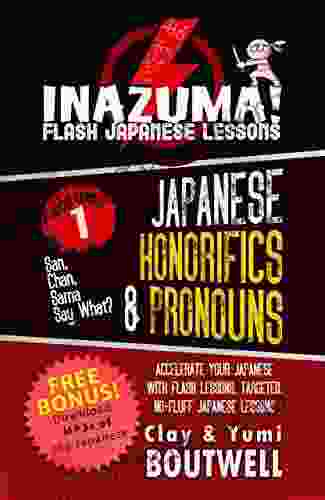
 Chinua AchebeSan Chan Sama Say What Inazuma: A Literary Odyssey to the Lands of Enchanting...
Chinua AchebeSan Chan Sama Say What Inazuma: A Literary Odyssey to the Lands of Enchanting... Carl WalkerFollow ·16.6k
Carl WalkerFollow ·16.6k Kelly BlairFollow ·16.8k
Kelly BlairFollow ·16.8k Oscar BellFollow ·19.7k
Oscar BellFollow ·19.7k Ashton ReedFollow ·3.5k
Ashton ReedFollow ·3.5k Willie BlairFollow ·6.9k
Willie BlairFollow ·6.9k Jan MitchellFollow ·14.6k
Jan MitchellFollow ·14.6k Chris ColemanFollow ·7.3k
Chris ColemanFollow ·7.3k Samuel WardFollow ·8k
Samuel WardFollow ·8k
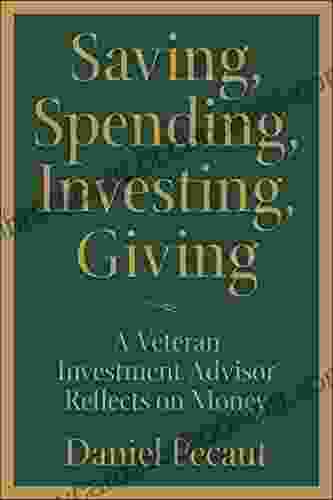
 Donald Ward
Donald WardVeteran Investment Advisor Reflects On Money
Unlocking Financial Wisdom...
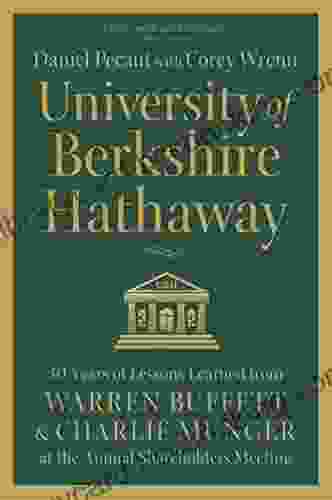
 Fernando Pessoa
Fernando PessoaUnlock the Secrets of Value Investing with "University of...
In the realm of investing, there stands an...
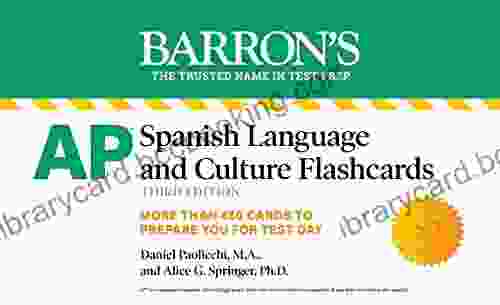
 Jorge Luis Borges
Jorge Luis BorgesMaster Spanish Vocabulary with Ap Spanish Flashcards...
Are you eager to expand your Spanish...

 Roger Turner
Roger TurnerPlay Like a Pro: The Ultimate Guide to Becoming a Master...
Are you ready to...
4.6 out of 5
| Language | : | English |
| File size | : | 1532 KB |
| Text-to-Speech | : | Enabled |
| Enhanced typesetting | : | Enabled |
| Print length | : | 176 pages |
| Lending | : | Enabled |
| Screen Reader | : | Supported |


